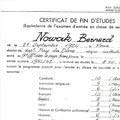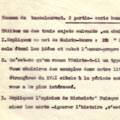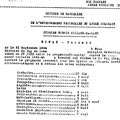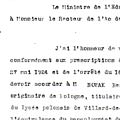Curriculum
The some two hundred pupils at the high school were divided into the last four years of lower secondary education (gimnazjum) and the two years of upper secondary education (liceum).
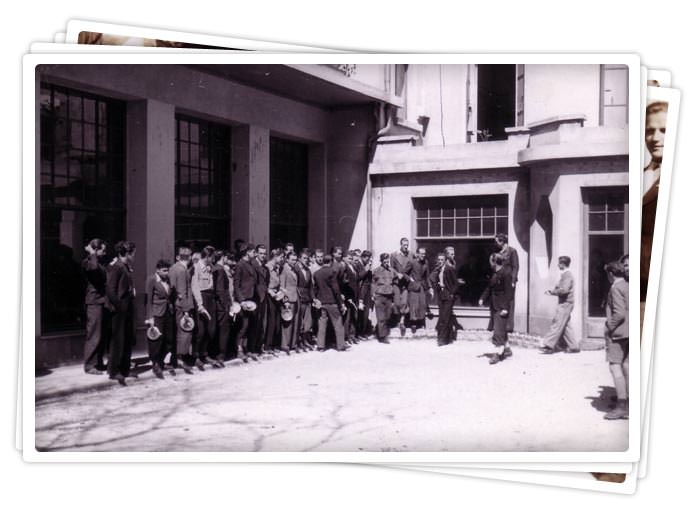
At the end of their lower secondary school years, the pupils sat an exam known as the “Mala Matura”, more or less equivalent to the French BEPC and British O-levels.
Pupils in the upper two years were divided into two sections, Mathematics and Humanities, and at the end of the two years, sat the “Matura”, which was recognised by the French authorities as being equivalent to the French Baccalaureat (British A-level standard). This recognition was issued by the French Ministry of Education and gave the holder access to a university education (excepting medicine).
The curriculum was based on the curriculum set out for secondary schools in Poland, but adjusted to deal with the reality of the school’s location. France therefore had a major influence on all subjects, although the lessons were held in Polish.
In addition to the basic curriculum, the pupils also had a further five hours of French literature and language classes a week.
The first school year was divided into two semesters, as was customary in Poland, but in the following years, the French system of terms was adopted.
The marking system used in Polish high schools (from 0 to 5) was different to that used in French schools (from 0 to 20) and so a compromise system was adopted (from 0 to 10).
A compromise was also reached on the duration of each lesson: 50 minutes instead of the usual 45 minutes in Poland and 60 minutes in France.
Completing the curriculum was no easy task, as there were many obstacles to overcome including a vital lack of books, textbooks and supplies. As a result, lessons were given in university style, with the pupils having to learn how to take notes. The best-kept exercise books were then passed on from one class to the next to be used as textbooks. As the years went by, the stock of these ‘textbooks’ gradually increased.
The first Baccalaureat examinations, overseen by the Grenoble Education Authority, were held in June 1941. Fifty-one candidates sat the papers, and thirty-seven passed; an encouraging 72%. Over the years, more than two hundred pupils passed their ‘Matura’, before moving on to different universities, firstly Grenoble and Lyon, and then Clermont-Ferrand, Toulouse and Montpellier.














